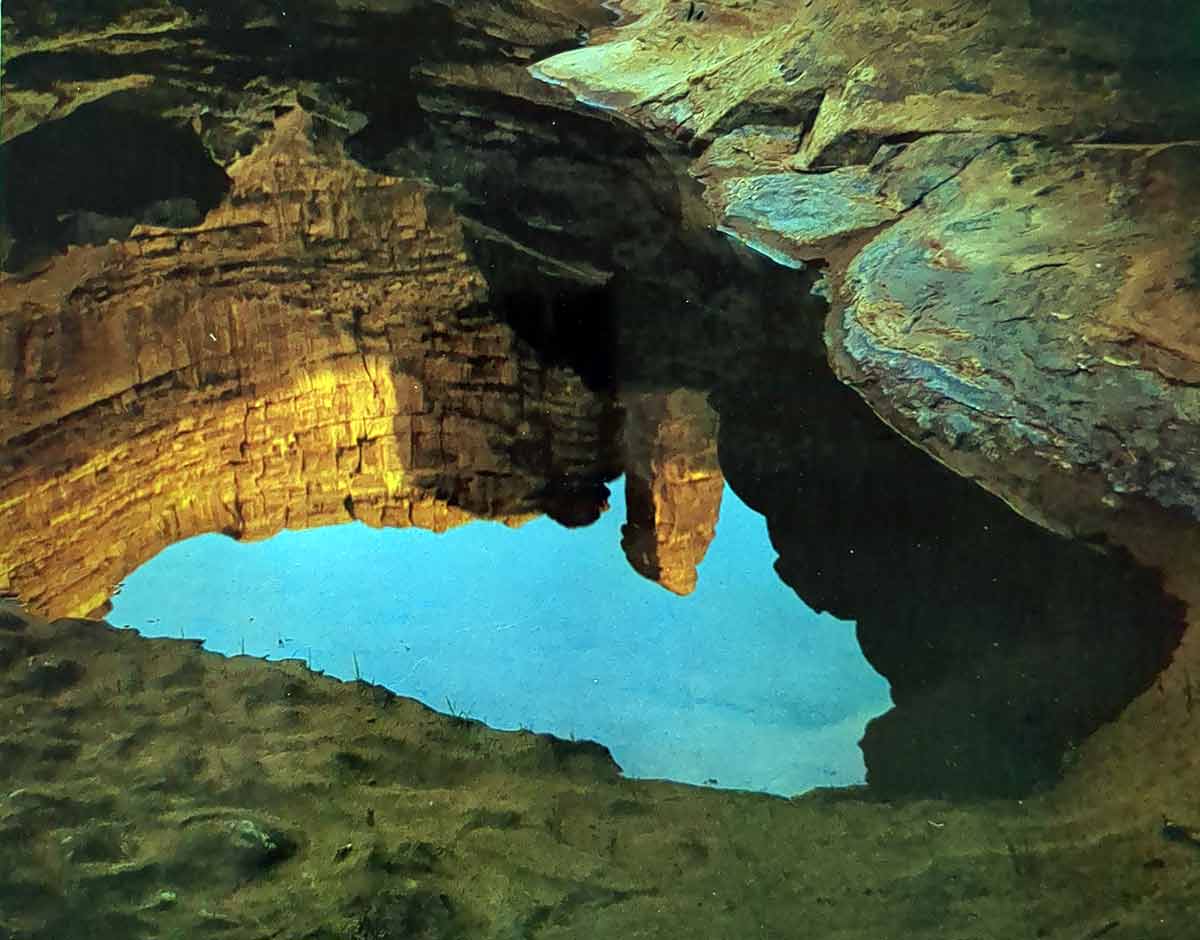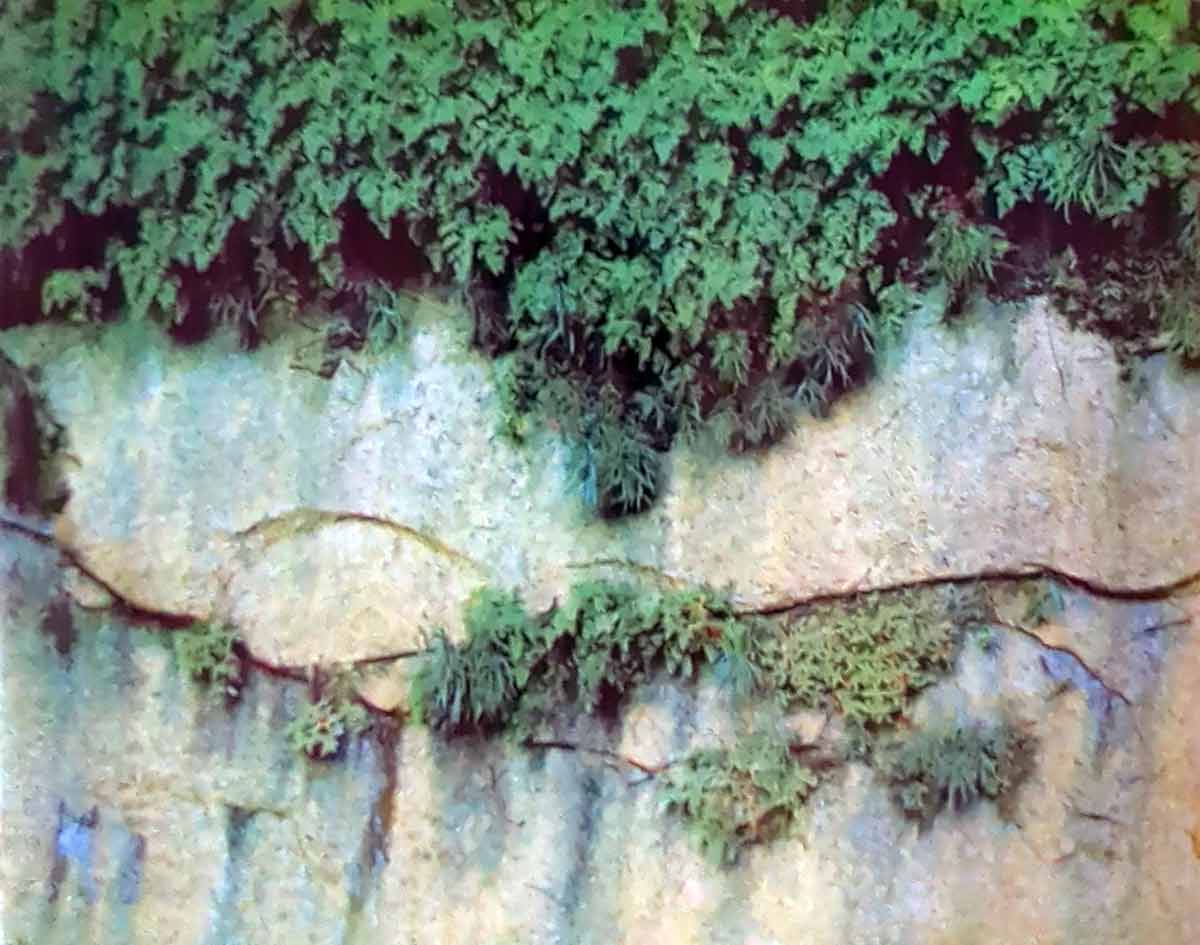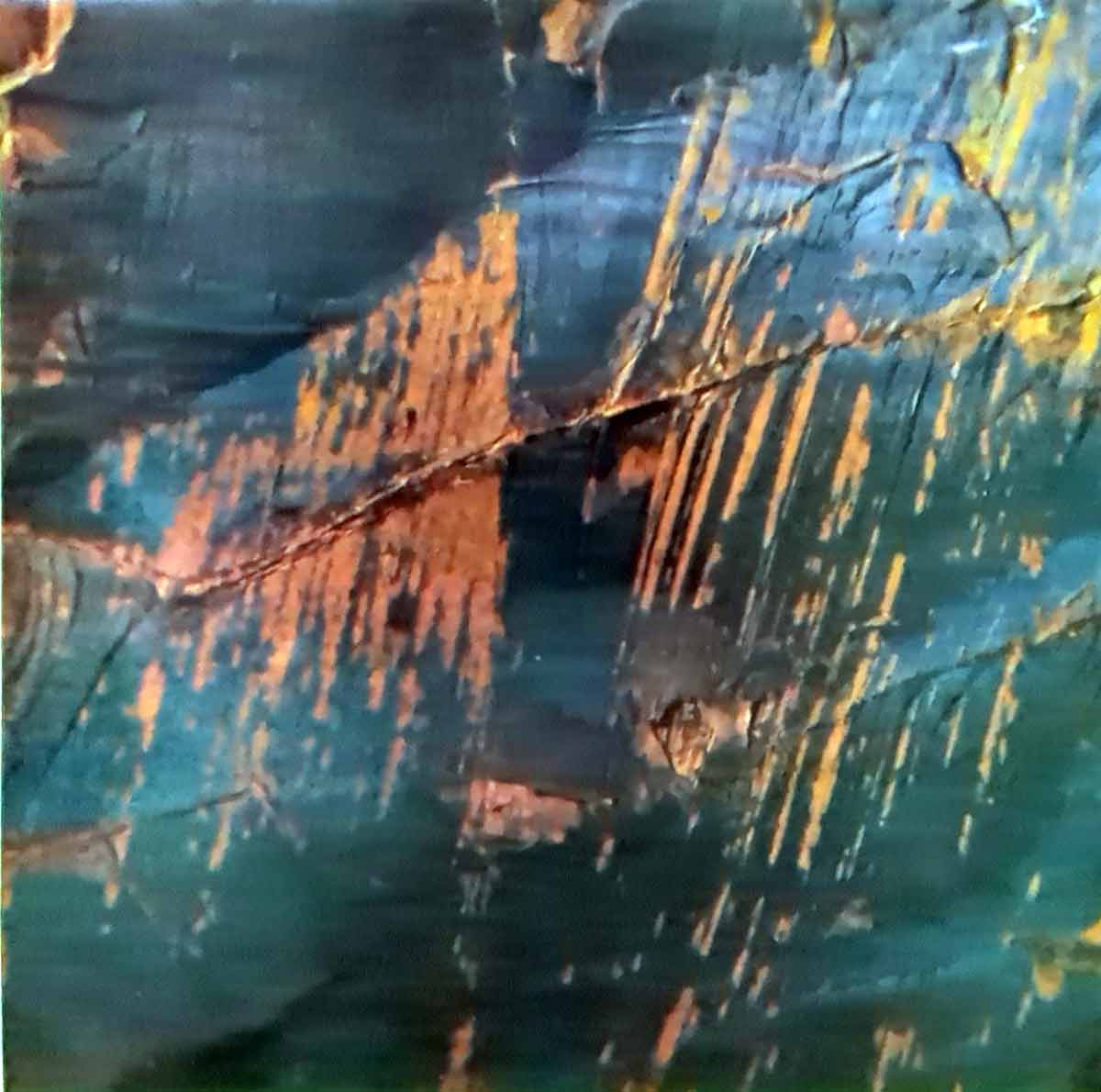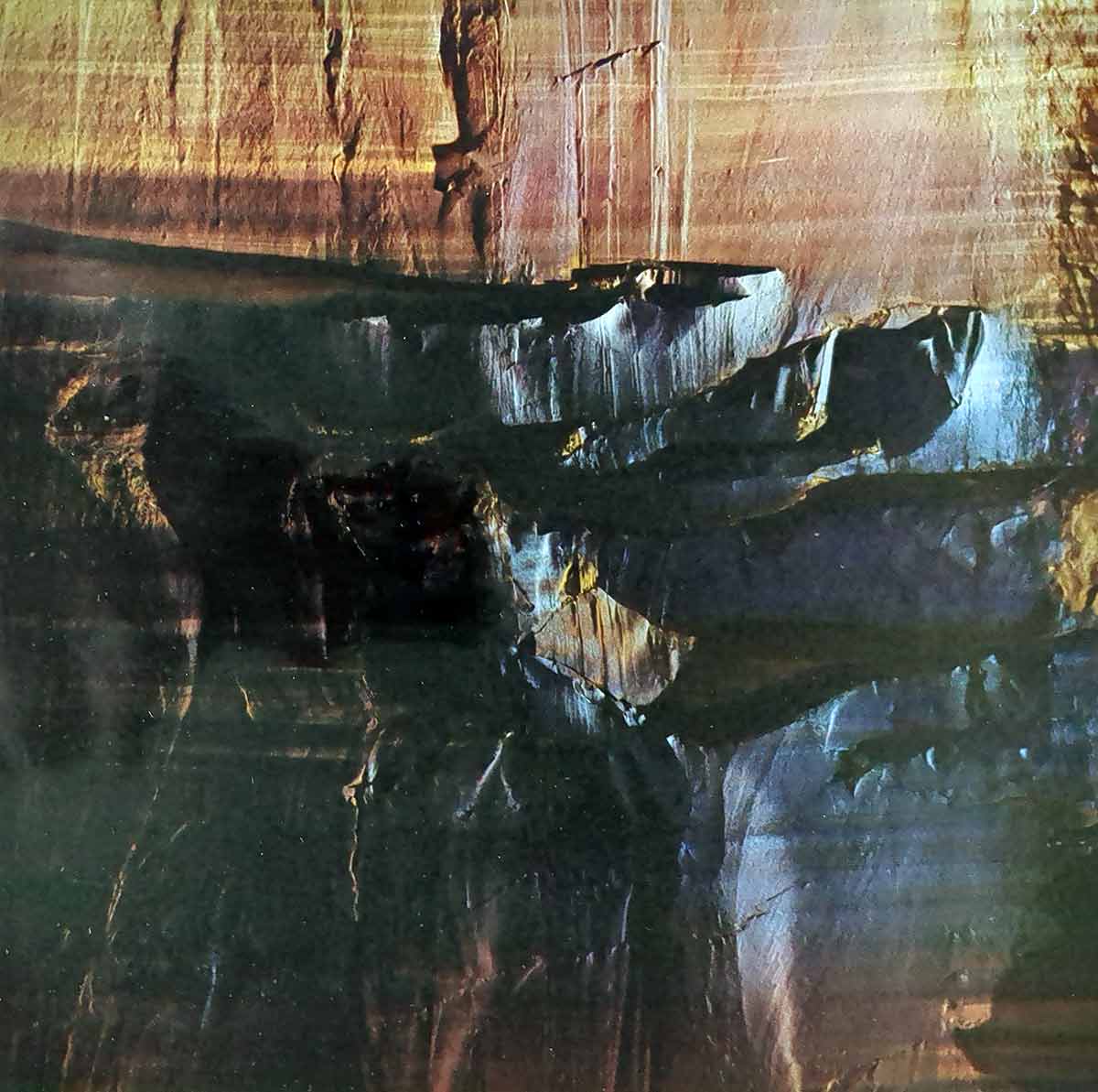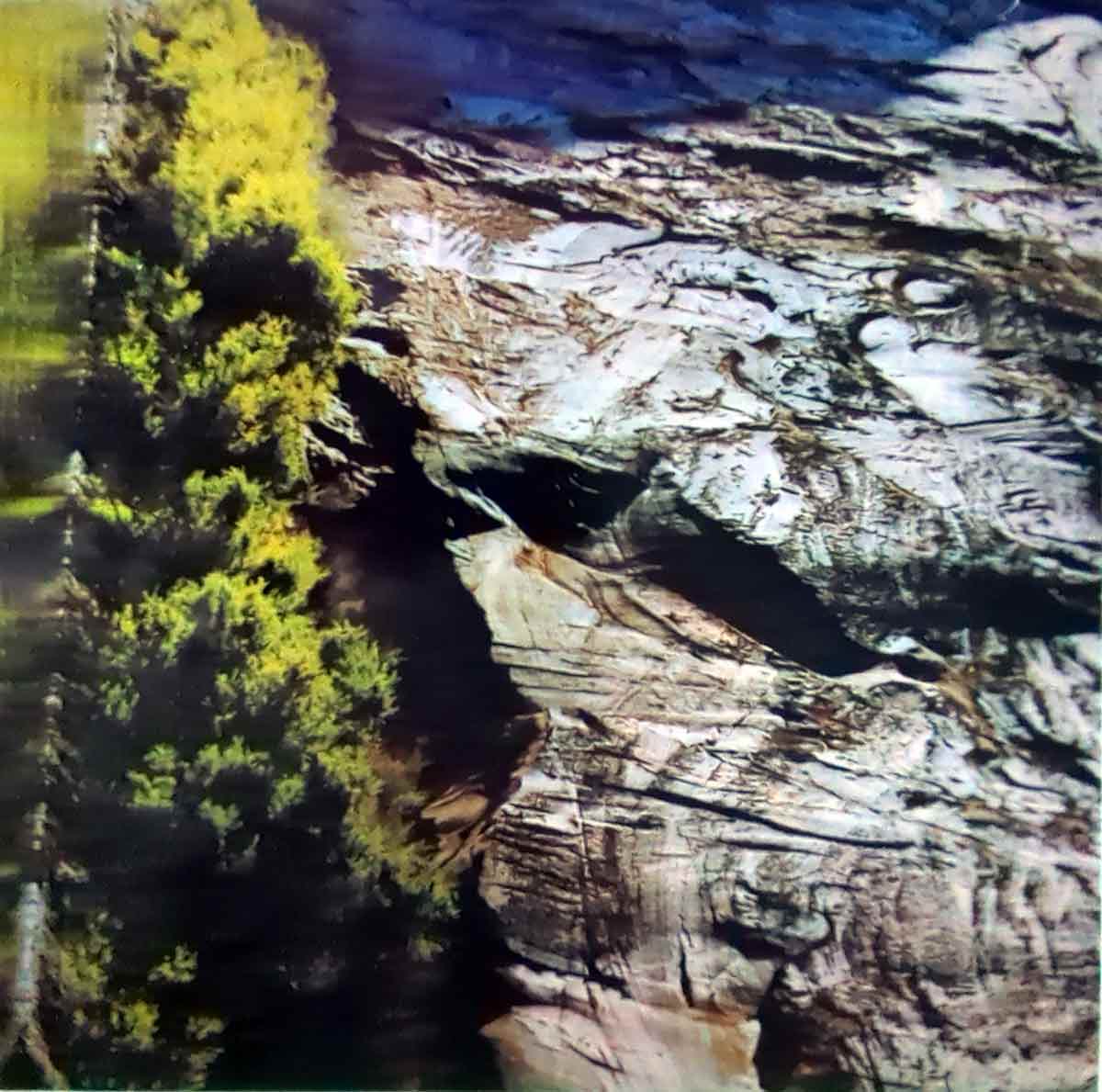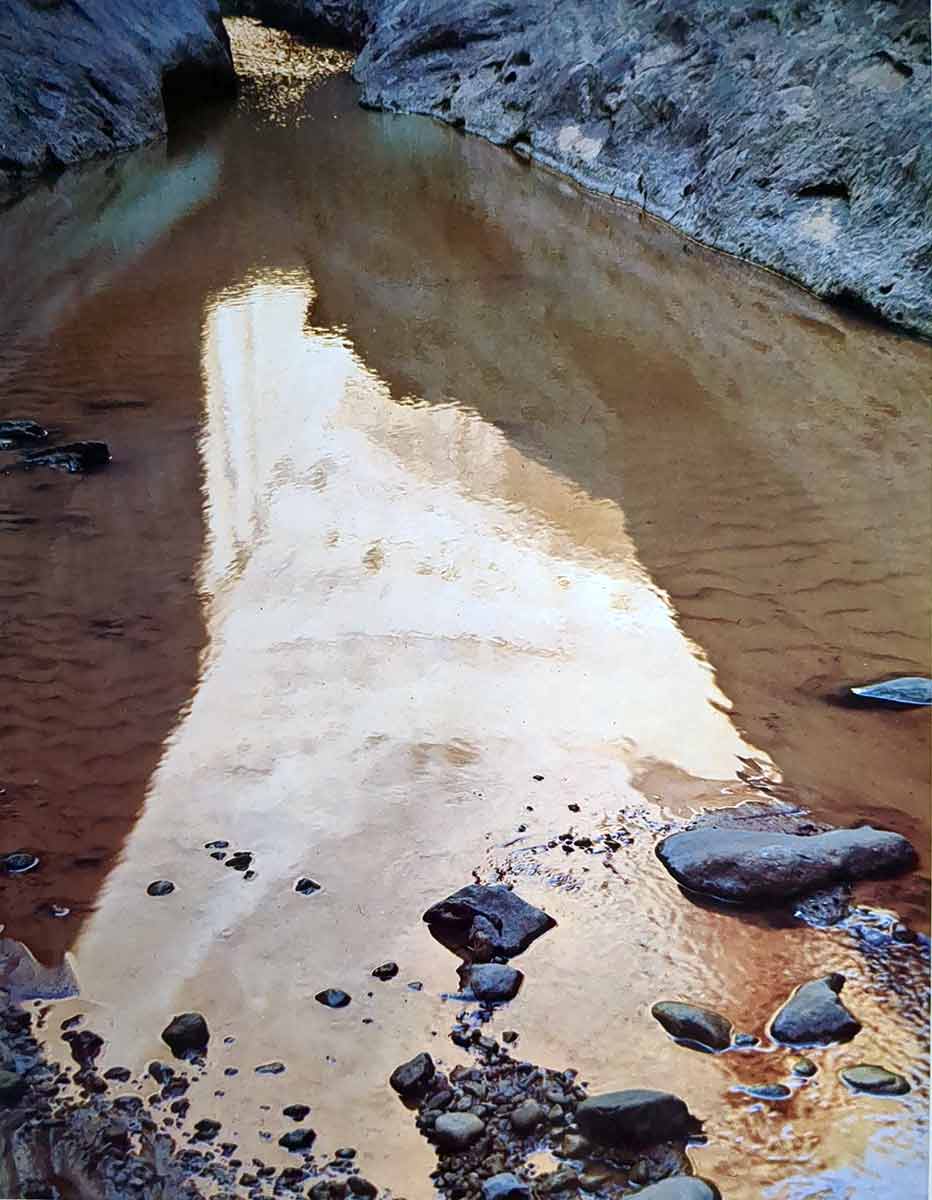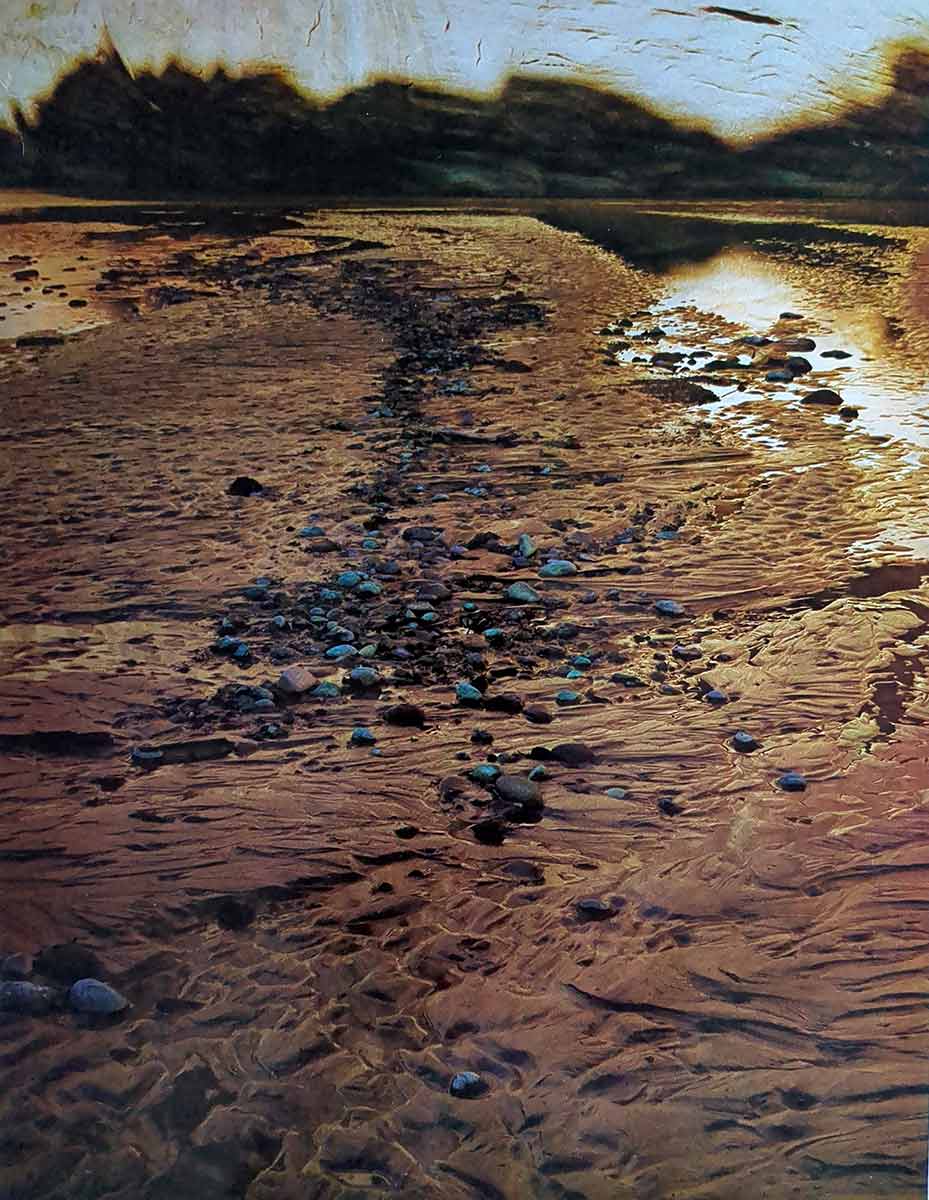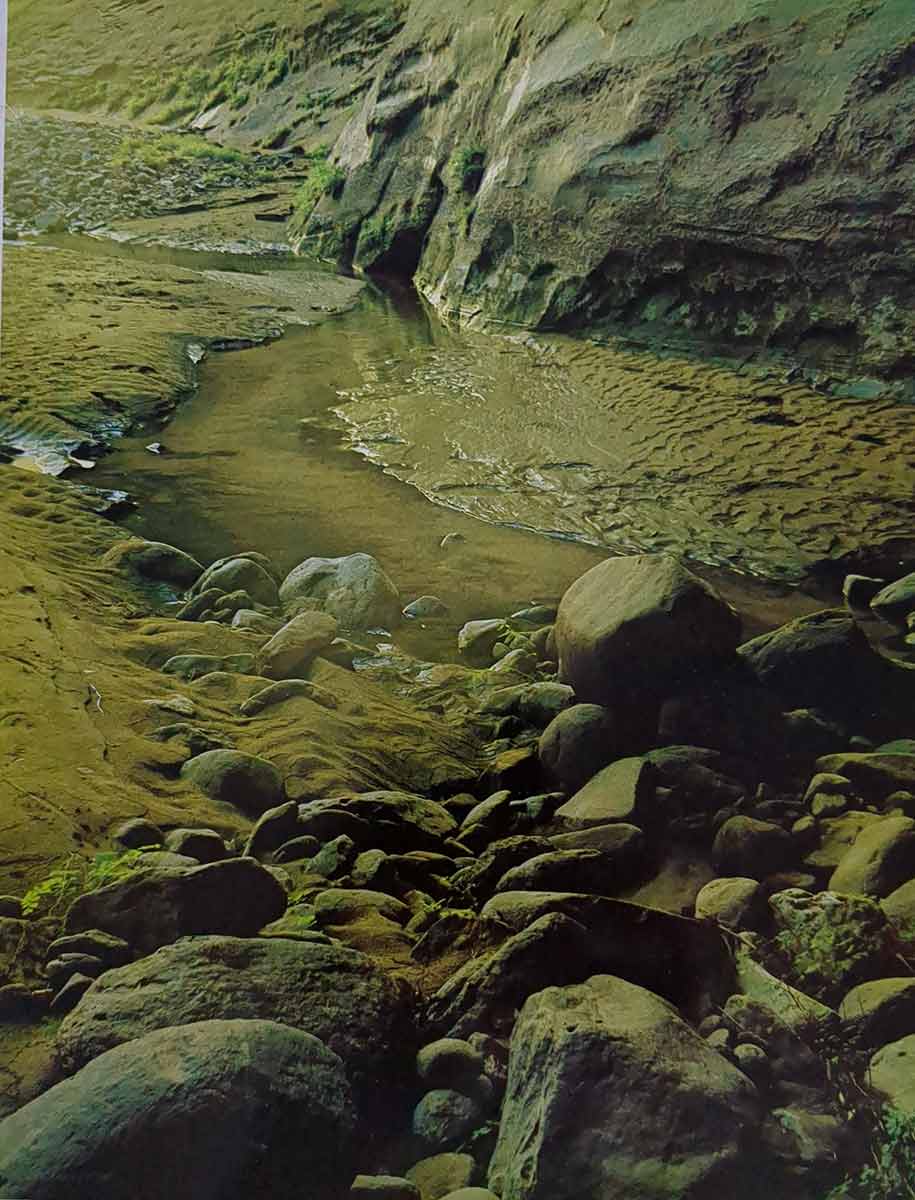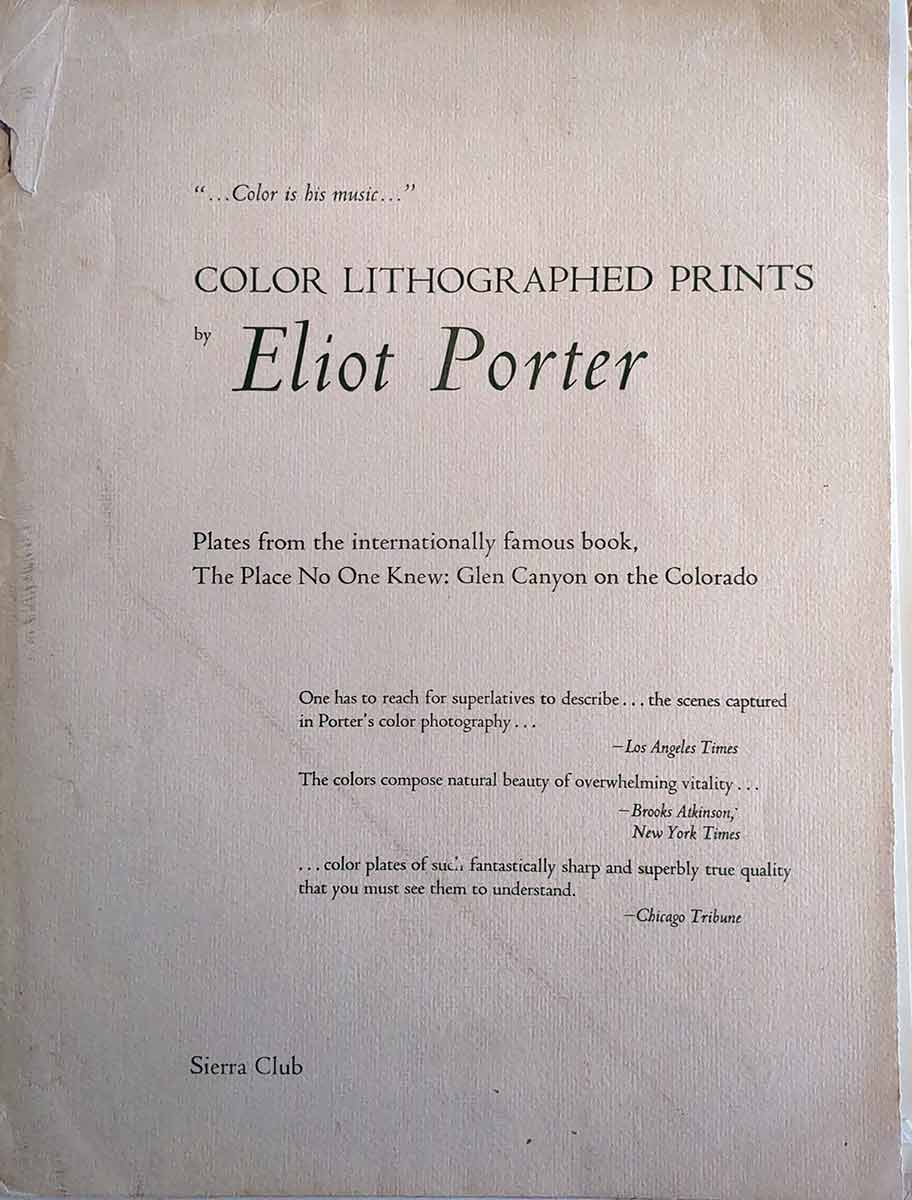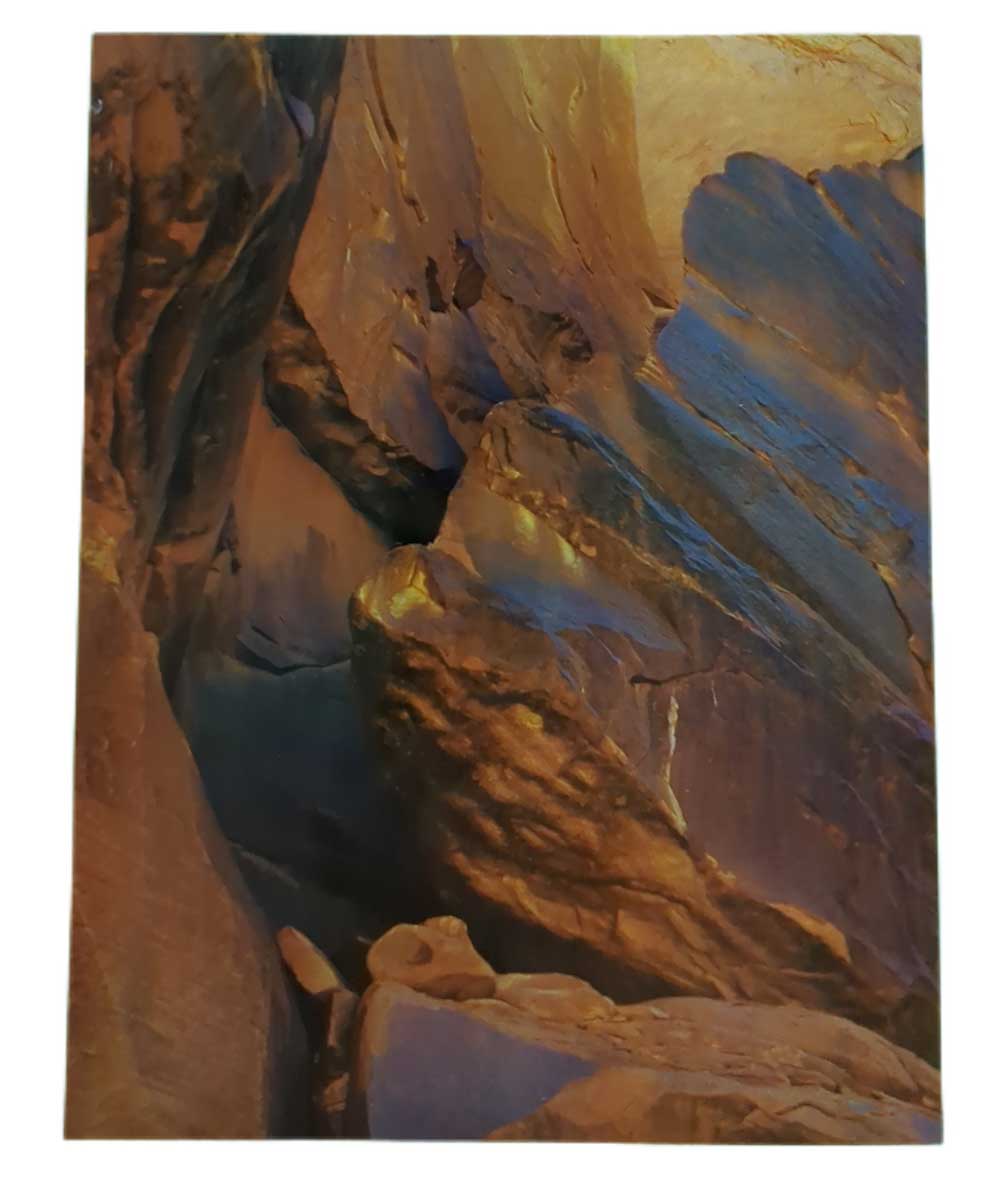About Eliot Porter
Eliot Porter
(December 6, 1901 – November 2, 1990)eprt@art1.com
Porter’s early photography focused on black and white images, often taken with large format cameras. However, in the early 1940s, he became one of the first photographers to experiment with color photography, using the new Kodachrome film. Porter’s pioneering use of color helped to establish it as a legitimate medium for artistic expression in photography.
Porter’s work primarily focused on nature and landscapes, particularly in the American southwest. He captured the beauty and intricacy of natural environments, often using close-up compositions to highlight the details of plants and animals. Porter’s images often conveyed a sense of intimacy and reverence for the natural world.
Throughout his career, Porter published numerous books and exhibited his work extensively. He was awarded the Guggenheim Fellowship twice, in 1942 and 1949, which allowed him to travel and photograph in various parts of the United States. Porter’s photographs have been collected and exhibited by prestigious institutions such as the Museum of Modern Art in New York and the Smithsonian American Art Museum in Washington, D.C.
Porter’s work not only showcased the beauty of nature but also highlighted the need for conservation and environmental awareness. His images helped to raise awareness about the fragility of natural ecosystems and the importance of preserving them

